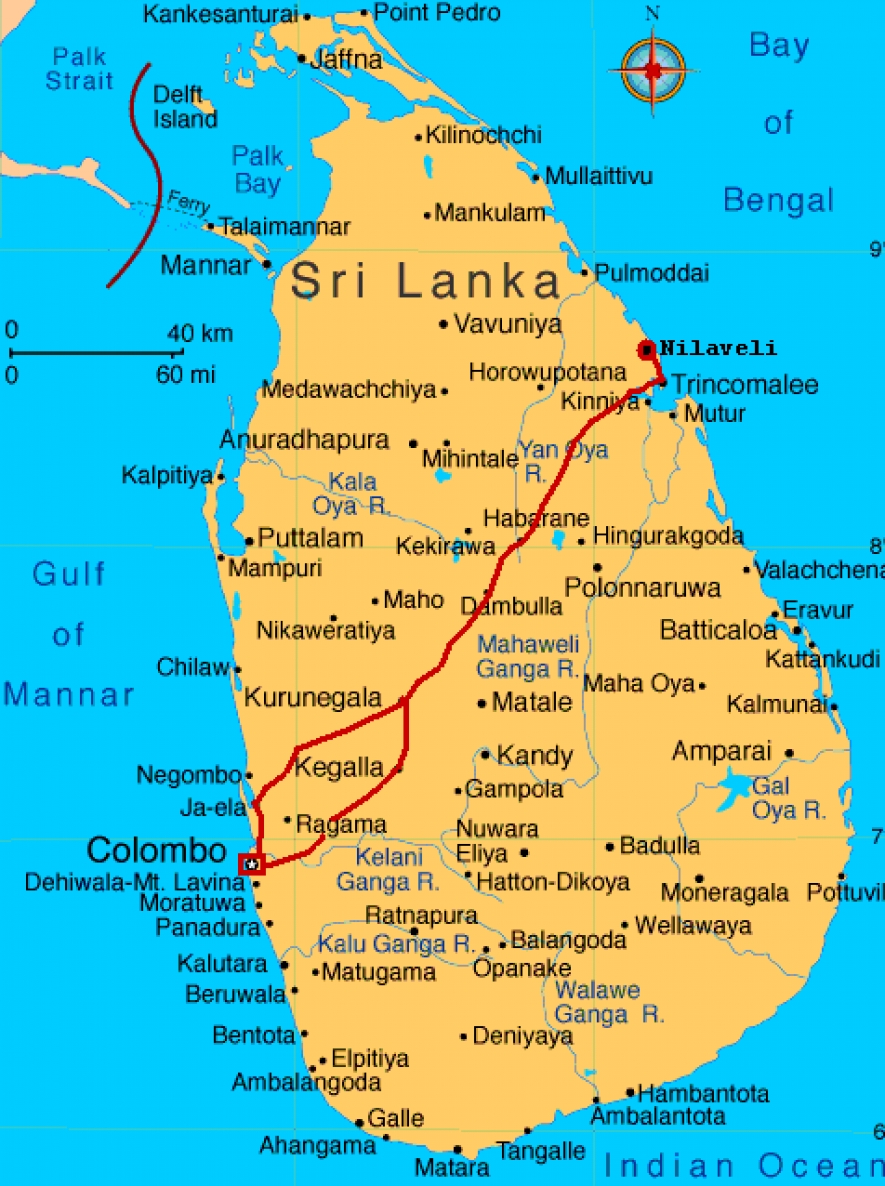An economic corridor development plan with a potential to generate 1.2 million new jobs by 2030 is also being proposed by a recent study of the ADB. The corridor development plan seeks to address regional imbalances in the country through regional development and by extending the strengths of the Western Region to the other end of the CTEC and along the corridor. Trincomalee’s proximity to potential transport gateways and position as a key tourist attraction can be leveraged to establish it as a complementary location to Colombo on the eastern end of CTEC and along the corridor. The node shows potential for emerging as a hub for light manufacturing. The nurtured development of Trincomalee will balance the corridor’s growth by increasing the competitiveness of the eastern part of the corridor, which will help to address regional imbalances in the country.
Pilot economic corridor development initiatives will focus on an east-west corridor that can flourish by taking advantage of existing international gateways, such as the Bandaranaike International Airport and Colombo Port, which are located at the western end of the corridor. The proposed Central Expressway, which is about 280 kilometers long, will act as the spine of the corridor.
An influence area of 50 kilometers on either side has been selected, which cuts across 6 provinces and 10 districts. The districts in the influence area cover 42% of Sri Lanka’s total area, account for 58% of the total population and contribute 86% to industrial output.
“To implement the economic corridor, it is necessary to identify economic centers that can be prioritized for development and made ready for attracting investments,” said Utsav Kumar, ADB’s Country Economist for Sri Lanka. “This will help channel valuable resources in a focused manner, thus maximizing the potential benefits of the corridor. Aligning them with existing transport spines helps generate synergies that further boost the potential of the corridor.”
The right mix of industries needs to be promoted in order to develop effective and efficient production clusters along the corridor. Acknowledging Sri Lanka’s competitiveness in traditionally strong sectors such as apparel, food processing, and rubber and rubber products, the study proposes to build on existing strengths by upgrading the performance of these sectors as well as to focus on identifying newer sectors in which Sri Lanka can improve internal competencies and diversify into other sectors.




















